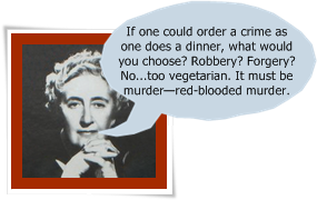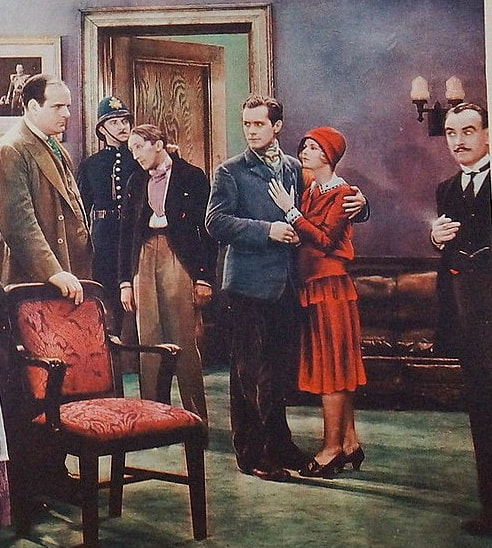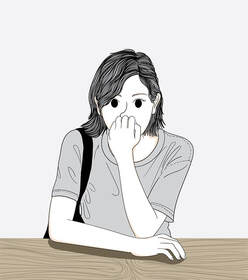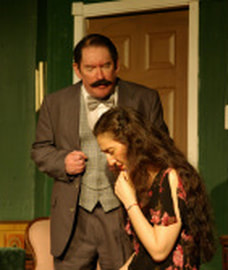Agatha Christie: Clues and Surprise Endings
|
Along with millions of other mystery readers, I’ve smacked my head at the end of Agatha Christie’s books and thought, “I should have figured out who the murderer was. All the clues were there.”
How does Dame Agatha pull off a surprise ending time and again while playing fair with the reader? Three of her strategies for putting us off the scent begin with the letter "s"--Sidetracks, Stereotypes, and Sympathy. |
|




